When does baby start finger foods
Finger Foods for Babies (for Parents)
When babies begin feeding themselves — a new task most really enjoy — they'll find that they like trying new tastes and textures.
By the time they're 9 months old, most babies have developed the fine motor skills — the small, precise movements — needed to pick up small pieces of food and feed themselves. You may notice that yours can take hold of food (and other small objects) between forefinger and thumb in a pincer grasp. The pincer grasp starts out a little clumsy, but with practice soon becomes a real skill.
Let your child self-feed as much as possible. You'll still help by spoon-feeding cereal and other important dietary elements. But encouraging finger feeding helps your child develop independent, healthy eating habits.
Finger feeding — and using utensils a little later — gives babies some control over what they eat and how much. Sometimes they'll eat the food, sometimes not, and that's all part of the process of learning self-regulation. Even little kids can tell when they're hungry or full, so let them learn to recognize and respond to these cues.
What Should a Baby Eat?
Now that they're joining the rest of the family for meals, older babies are ready to try more table foods.
This means more work for whoever makes the meals for the family, but dishes often can be adapted for the baby. For instance, your little one can have some of the zucchini you're making for dinner. Cook that serving a bit longer — until it's soft — and cut it into pieces small enough for the baby to handle. Pieces of ripe banana, well-cooked pasta, and small pieces of chicken are other good choices.
Before giving your child a finger food, try a bite first and ask yourself:
- Does it melt in the mouth? Some dry cereals and crackers that are light and flaky will melt in the mouth.
- Is it cooked enough so that it mushes easily? Well-cooked veggies and fruits will mush easily, as will canned fruit and vegetables (choose ones without added sugar or salt).
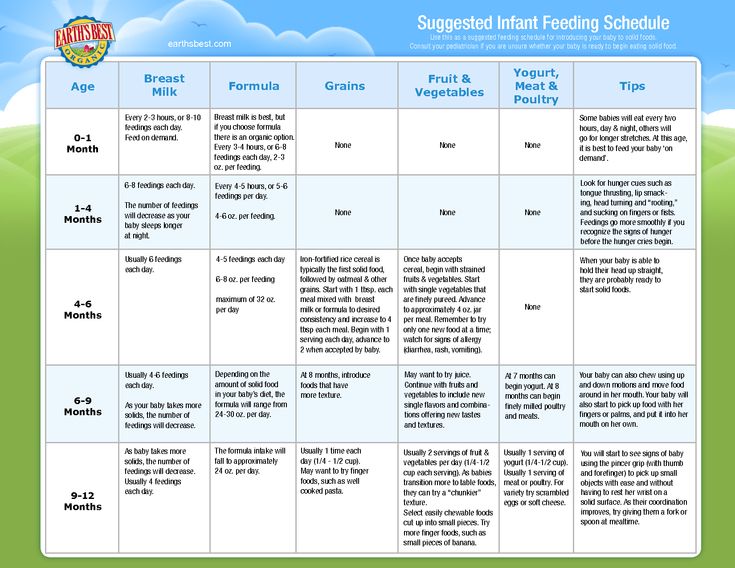
- Is it soft? Cottage cheese, shredded cheese, and small pieces of tofu are good examples.
- Can it be gummed? Pieces of ripe banana and well-cooked pasta can be gummed.
- Is it small enough? Food should be cut into small pieces. The sizes will vary depending on the food's texture. A piece of chicken, for instance, needs to be smaller than a piece of watermelon, which even a pair of baby gums will quickly smash.
If your child doesn't like a food, don't let that stop you from offering it at future meals. Kids are naturally slow to accept new tastes and textures. For example, some are more sensitive to texture and may reject coarse foods, such as meat. When introducing meat, it's helpful to start with well-cooked ground meats or shreds of thinly sliced deli meats, such as turkey.
Present your baby with a variety of foods, even some that he or she didn't seem to like the week before. Don't force your baby to eat, but realize that it can take 10 or more tries before a child will accept a new food.
Finger Foods to Avoid
Finger feeding is fun and rewarding for older babies. But avoid foods that can cause choking and those with little nutritional value.
Choking Hazards
Parents and caregivers can help prevent choking by supervising the baby during eating. Foods that are choking hazards include:
- pieces of raw vegetables or hard fruits
- whole grapes, berries, cherry or grape tomatoes (instead, peel and slice or cut in quarters)
- raisins and other dried fruit
- peanuts, nuts, and seeds
- large scoops of peanut butter and other nut or seed butters (use only a thin layer)
- whole hot dogs and kiddie sausages (peel and cut these in very small pieces)
- untoasted bread, especially white bread that sticks together
- chunks of cheese or meat
- candy (hard candy, jelly beans, gummies, chewing gum)
- popcorn, pretzels, corn chips, and other snack foods
- marshmallows
Hold the Sweets
At first bite, your baby probably will love the taste of cookies, cake, and other sweets, but don't give them now.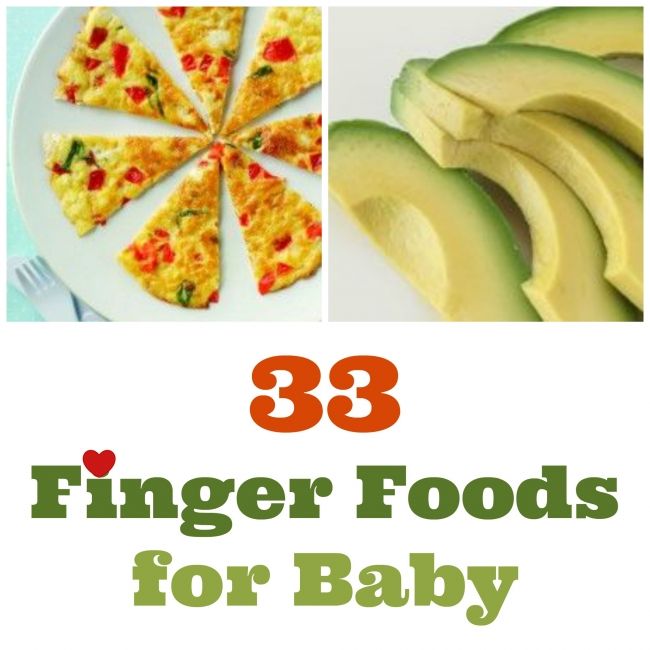 Your little one needs nutrient-rich foods, not the empty calories found in desserts and high-fat snacks, like potato chips.
Your little one needs nutrient-rich foods, not the empty calories found in desserts and high-fat snacks, like potato chips.
It's tempting to want to see the baby's reactions to some of these foods, but now is not the time. Grandparents and others may want to rush your baby into trying triple-chocolate cake or some other family favorite. Politely and firmly explain that the baby isn't ready for those foods. You can blame this tough love on your child's doctor — the doctor won't mind.
When babies can start finger foods and the best finger foods for babies
- Community
- Getting Pregnant
- Pregnancy
- Baby names
- Baby
- Toddler
- Child
- Health
- Family
- Courses
- Registry Builder
- Baby Products
Advertisement
Between the ages of 8 and 12 months, your baby will start practicing their pincer grasp, allowing you to add finger foods to their diet. Introducing a wide variety of foods will set your baby up for a lifetime of healthy and adventurous eating. Giving small pieces that are soft enough to easily chew will reduce the risk of choking. Try giving your baby O-shaped cereal, cubes of cheese, diced fruit and roasted vegetables, and bite-sized pieces of soft-cooked meat.
Introducing a wide variety of foods will set your baby up for a lifetime of healthy and adventurous eating. Giving small pieces that are soft enough to easily chew will reduce the risk of choking. Try giving your baby O-shaped cereal, cubes of cheese, diced fruit and roasted vegetables, and bite-sized pieces of soft-cooked meat.
Photo credit: Thayer Allyson Gowdy for BabyCenter
Eating finger food is fun for your baby, and an important step toward independence that also helps them develop their fine motor skills and coordination. Any bite-size, easy-to-eat piece of food that your baby can pick up and eat on their own qualifies as finger food. Ready to make this leap in your baby's solid food journey? Here's what you need to know.
When to give your baby finger foods
Your baby will be ready for finger foods around 9 months old, when they can grab things and bring their hands to their mouth. They'll let you know they're ready, too – by grabbing the spoon you're feeding them with or snatching food off your plate. By the time your baby is 12 months old, they'll be skilled at picking up food and putting it in their mouth.
By the time your baby is 12 months old, they'll be skilled at picking up food and putting it in their mouth.
Some parents introduce finger foods at 6 months using the baby-led weaning technique, where you skip the spoon-feeding phase and let your baby feed themself soft finger foods. If you're interested in this method, learn more about BLW and the best baby-led weaning foods.
Don't worry if your baby won't eat finger foods at first. If they seem to be struggling to feed themself, they may just not be ready yet, in which case give it a week or so before trying again.
Or they may need more time to get used to new textures. You may have to try many times before your baby accepts a new kind of food, and that's normal.
It's also normal for your baby to gag when first starting finger foods. Gagging is a natural reflex that helps prevent choking, and it also helps babies learn how to chew. Don't panic if your baby gags; let them work it out themself and keep an eye on them to be sure they aren't choking.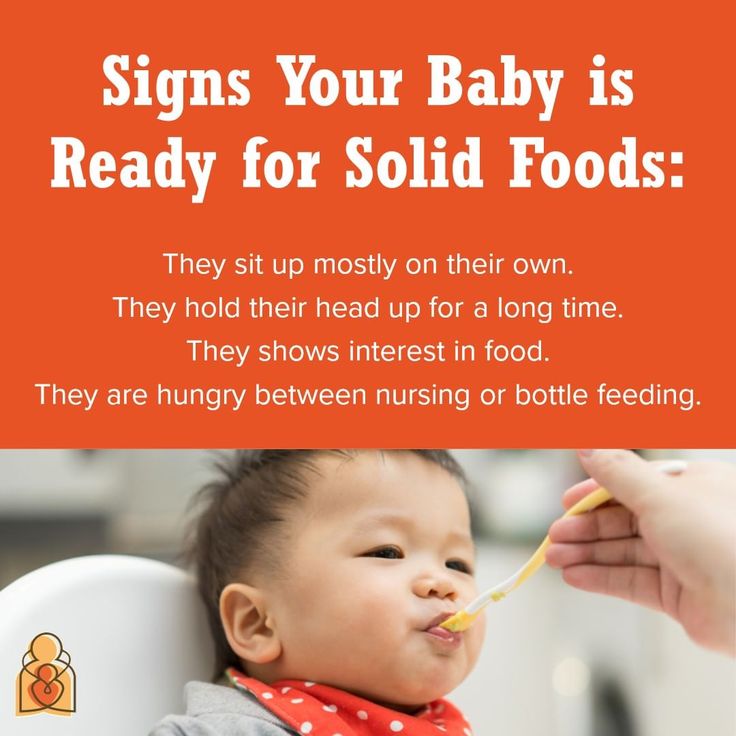
Starting finger foods
To help ease the transition between purees and finger foods, give your baby flavors they're already familiar with – try pieces of very soft, ripe banana if they like banana puree, or well-cooked pieces of sweet potato if they've enjoyed sweet potato puree before.
Start by scattering four or five pieces of food onto your baby's highchair tray or plate during a mealtime. Add more pieces of food as your baby eats them. Feed your baby in a highchair rather than in another place – such as a car seat or stroller – to reduce the risk of choking.
Early on, your baby may just rake food into their hand and bring it to their mouth, but eventually, they'll master the pincer grasp and use their thumb and forefinger to pick up food.
Advertisement | page continues below
Your baby may have a good appetite, but they probably don't have many teeth, so start with foods that they can gum or that will dissolve easily in their mouth. As they grow into a toddler, they'll get better at handling various foods. You'll soon be able to serve them bite-sized pieces of whatever you're eating.
You'll soon be able to serve them bite-sized pieces of whatever you're eating.
The best finger foods for babies
Not sure what finger foods to start with? Here's a list of favorites:
- O-shaped toasted oat cereal or other unsweetened cereal
- Long strips of lightly toasted bread or bagels (spread with vegetable puree, nut butter, guacamole, or hummus for extra nutrients)
- Slices of banana or other very ripe peeled and pitted fruit, like mango, plum, pear, peach, cantaloupe, or seedless watermelon
- Small cubes of tofu
- Well-cooked pasta spirals, cut into pieces
- Small chunks of soft cheese
- Chopped hard-boiled or scrambled egg
- Mashed, stewed prunes
- Small pieces of well-cooked vegetables, like carrots, peas, zucchini, potato, or sweet potato
- Steamed apples or carrots cut into long, thin strips
- Small, well-cooked broccoli or cauliflower "trees"
- Pea-size pieces of cooked chicken, ground beef or turkey, or fish
- Well-cooked beans
During those first several months of eating solid foods, your baby is learning about food's texture, color, and aroma as they feed themself. Offering a variety of foods can help establish healthy eating habits early on. Avoid giving foods that have added sugar, like cookies and cake, as well as high-sodium foods, since they're not healthy for your little one.
Offering a variety of foods can help establish healthy eating habits early on. Avoid giving foods that have added sugar, like cookies and cake, as well as high-sodium foods, since they're not healthy for your little one.
Don't give your baby uncut round foods like grapes and blueberries, large chunks of meat, or globs of nut butter – these can be choking hazards. Hard fruits and vegetables, such as raw carrots or apples, can be cooked until they're soft and served in long strips to reduce the choking risk. For more information on how to avoid choking hazards – and what to do if your baby does start gagging or choking – check out BabyCenter's premium All-in-One Baby Safety with CPR course.
Experts encourage parents to introduce potentially allergenic foods (like peanuts, fish, and soy) with other solid foods. Early and regular exposure may reduce your baby's risk of developing an allergy, and there's no evidence that waiting to introduce these foods will prevent allergies. If you're concerned that your child might have an allergy to certain foods – for example, if your baby has chronic eczema or if a sibling or parent has a food allergy – talk to your pediatrician. Otherwise, introduce these foods one by one and keep an eye out for an allergic reaction.
Otherwise, introduce these foods one by one and keep an eye out for an allergic reaction.
Mary Sauer
Mary Sauer is a freelance parenting and health writer living in Kansas City. She is a mom of four and loves to hike with her kids, read, and knit. Cooking a complicated meal her kids probably won't eat is one of her favorite pastimes.
How to teach a child to eat with a spoon and at what age is it better to start
Usually, parents feed their children from a spoon not out of emotion, but for practical reasons: it’s faster and cleaner. Pediatrician Olga Kulakova explains at what age a child can handle eating with a spoon and fork and whether this process can be somehow accelerated.
Question. My daughter is already 1.5 years old, and she just can't eat with a spoon on her own. By what age should a child learn to use cutlery? And are there ways to teach him? nine0003
Answer. The first acquaintance of a child with a spoon begins in the first year of life and coincides in time with the beginning of the introduction of complementary foods. At 6–7 months, the baby may begin to show interest in the spoon as an object. This is an excuse to buy another baby spoon and put it next to the plate. Let the child turn it in his hands, examine it and try to use it for its intended purpose.
At 6–7 months, the baby may begin to show interest in the spoon as an object. This is an excuse to buy another baby spoon and put it next to the plate. Let the child turn it in his hands, examine it and try to use it for its intended purpose.
At around 9 months of age, your baby can start picking up a spoon on their own. But this does not mean that he will be able to scoop up food and bring it to his mouth. Rather, it is about the fact that the child is trying to copy the movements of adults. nine0003
A child usually masters a full-fledged spoon by about one and a half years. But here it is important to remember that everything is very individual. Someone already a year old is excellent at using a spoon, and someone is still fed by their parents even at two years old. And it’s not worth worrying that the child is over a year old, and he is still just learning and he doesn’t succeed.
Under no circumstances should children be forced to master this science. Aggressive training can cause a backlash: the child will no longer want to pick up cutlery.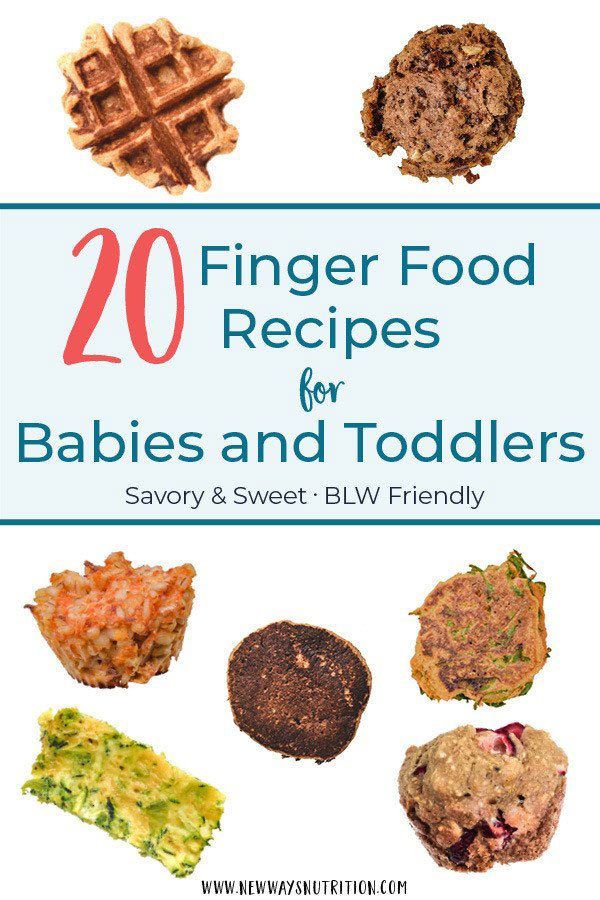 nine0003
nine0003
How to teach a child to use a spoon:
- Have him sit at a common table, let him watch how family members eat.
- Do not force feed your baby. Let him eat with his hands. He will not be able to eat porridge and soup like that - he will have to try to master the spoon.
- Play role-playing games with him more often, in which the child feeds his toys from a spoon.
At this age, the child actively copies the behavior of his loved ones, and it is important that he sees how the whole family eats with cutlery. nine0003
Children learn to use a fork around the age of three: at this age they already understand that a fork is a sharp object and can be hurt.
Pay attention to how the child grasps cutlery:
- At 1-2 years old, he holds a spoon in his fist in the middle of the handle.
- By two years - closer to the wide back.
- From the age of three, he can begin to hold the spoon with three fingers: thumb, index and middle.
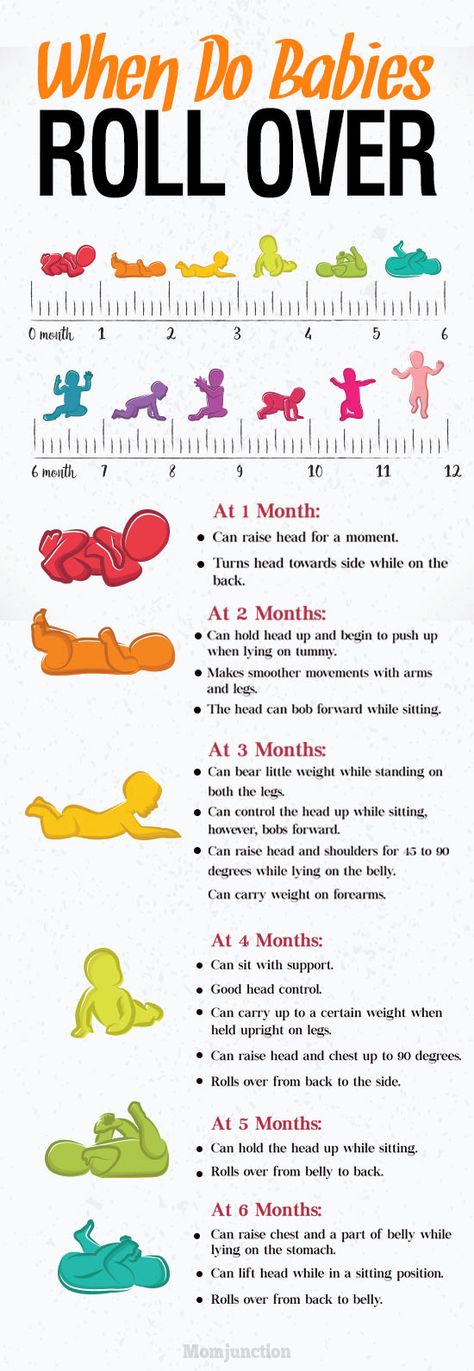
Sooner or later the child will pick up the spoon and fork on his own as it should be
Children are given large time intervals to acquire certain developmental skills. For example, some children can learn to walk at 9 months, and others by one and a half years, and both will be the norm. The same story with cutlery: one child may become interested in them at 7–8 months, another at 9 months or after a year. All of these are variations of the norm.
However, by the age of two, a child should normally pick up a spoon and try to eat on his own. This does not mean that he will eat all the soup in the bowl, but at least a few spoons he should be able to bring to his mouth. nine0003
Ask your question to Mel, and the editors will find someone who can answer it. Write to our social networks - we read all messages on the pages on Facebook, VKontakte and Odnoklassniki. You can also write to us on Instagram. Answers will be published in order of priority in the "Question - Answer" section. By the way, we do not disclose names, so questions can be anything (feel free!).
By the way, we do not disclose names, so questions can be anything (feel free!).
Prepared by the trainee Anastasia Shirokova. Cover photo: Shutterstock / FotoDuets
What time do children start eating on their own?
Many mothers and fathers are often interested in: what time do children start eating on their own? There is no single answer to this question, everyone is individual. But it is important for parents to know: how to discern the first impulses for independence in time, at what age you can give your baby a spoon, how to teach him to eat without outside help, and what accessories will help the baby master this difficult science.
What time do children start eating by themselves with a spoon? nine0006
It depends on the character and development of the child, as well as on his parents. Some children already in the year flatly refuse to be fed with a spoon. But there are those who start eating on their own only at the age of 3, when they come to kindergarten (in a team, children involuntarily imitate others and the learning process goes faster).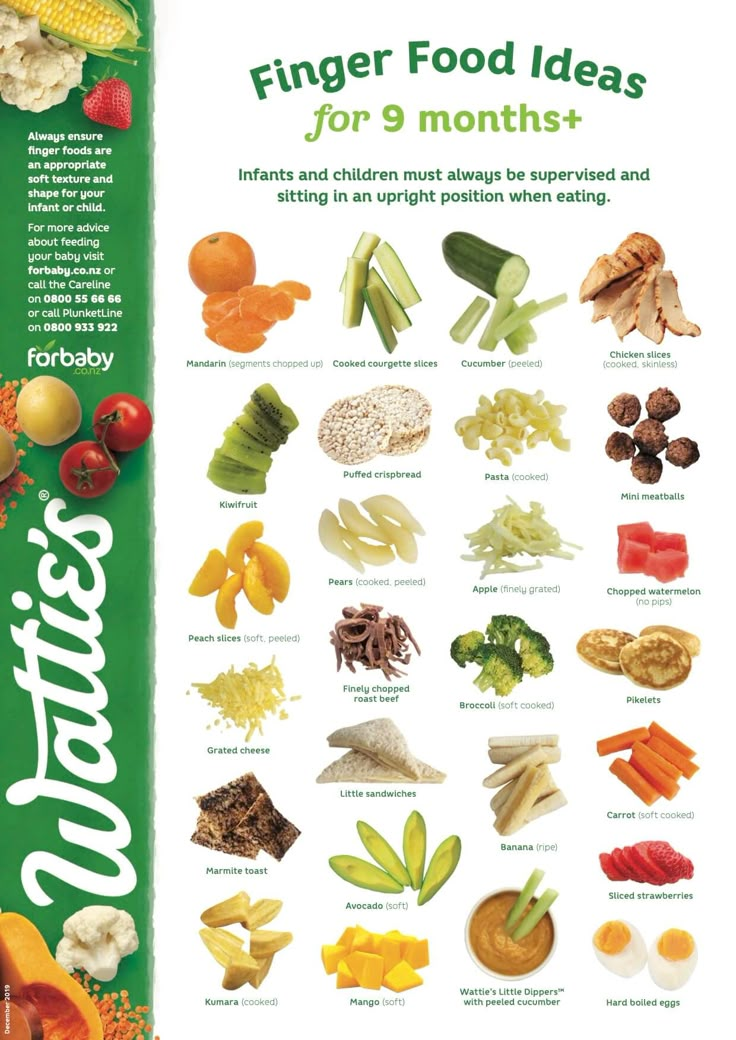 In large families, children learn self-service skills at an earlier age.
In large families, children learn self-service skills at an earlier age.
But overprotection hinders the development of the baby. If an overly caring mother tries to do everything for the child, then he will not strive to eat himself, even if he can do it. If parents are too much in favor of accuracy, and porridge smeared on the table causes them stress, then the learning process can slow down. After all, the baby feels the mood of adults, and prefers not to experiment at the table. The lack of independence can also be associated with an unwillingness to grow up. For example, another baby has appeared in the family, and the child, feeling that they are paying less attention to him, tries to “stay small”, wants his mother to take him in her arms more often, feed him from a spoon, etc. nine0003
From the age of 7 months a child usually learns to grasp and hold objects between thumb and forefinger, such as a dryer or a piece of bread. The child can be offered a spoon when he is already receiving complementary foods and sits well in the highchair.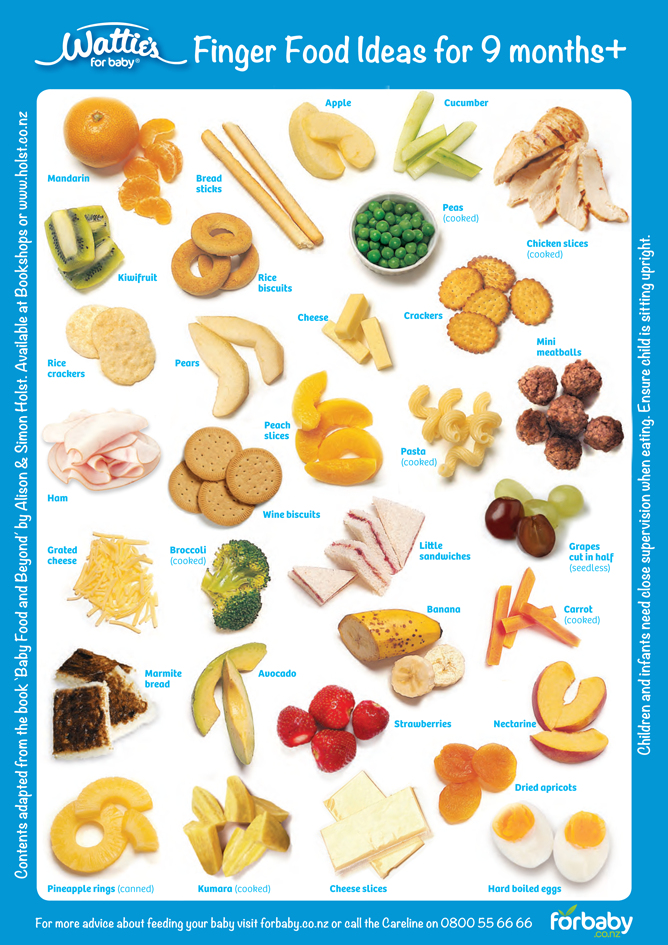 At first, the baby will only try to take the spoon in his hands and play with it, but later he will try to use it for its intended purpose. For drinking to a baby up to a year, a drinking mug is convenient.
At first, the baby will only try to take the spoon in his hands and play with it, but later he will try to use it for its intended purpose. For drinking to a baby up to a year, a drinking mug is convenient.
At 12 months the child still does not hold the spoon correctly, but he knows how to bring it to his mouth, and some of the contents can reach the goal. Closer to two years, coordination improves significantly, the baby is capable of more precise movements and misses less and less. The kid can already hold a regular mug, but only with two hands. nine0003
From the age of 2 years a child can eat by himself with a spoon, although he does not always do it sloppy. He already holds a mug with one hand and knows how to use a fork.
From the age of 3 the baby becomes more dexterous and accurate, his fingers are getting stronger, and his movements are more and more confident. It is quite possible to give him a non-sharp children's knife, having previously shown how to use it.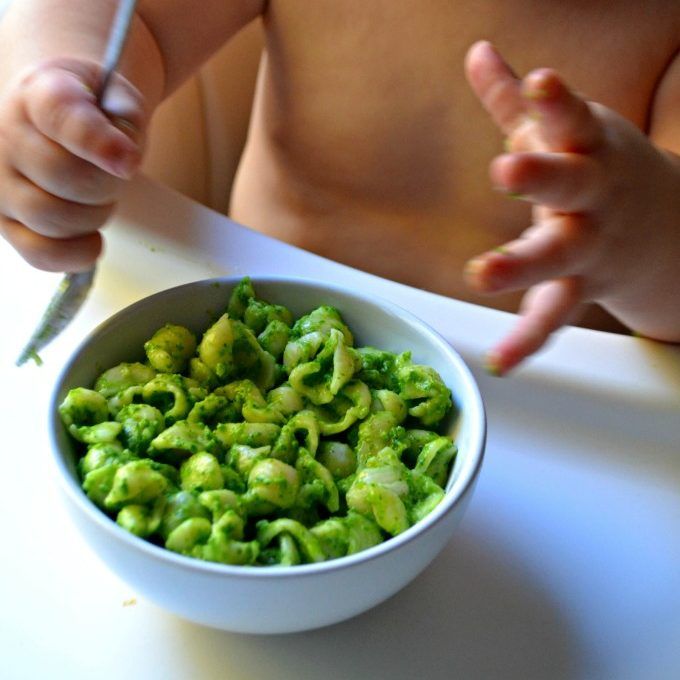
Accessories to help children learn to eat on their own
Buy a baby plate with a suction cup so that the dishes do not run away from the child. It’s good if the child’s favorite character is drawn at the bottom of the plate. To see the picture, the baby will try quickly and eat all the food to the end.
The non-spill cup is the best option when switching to adult dishes. Choose a model with two handles, it is more convenient for your baby to hold. An additional advantage is the presence of a rubber stand, which gives the cup stability.
A special anatomically shaped spoon with a rounded non-slip handle and a curved fork with rounded teeth are best suited for babies up to a year old.
Paper napkins or towels should always be at hand. This teaches you to be careful, helps to avoid the temptation to wipe your hands on clothes.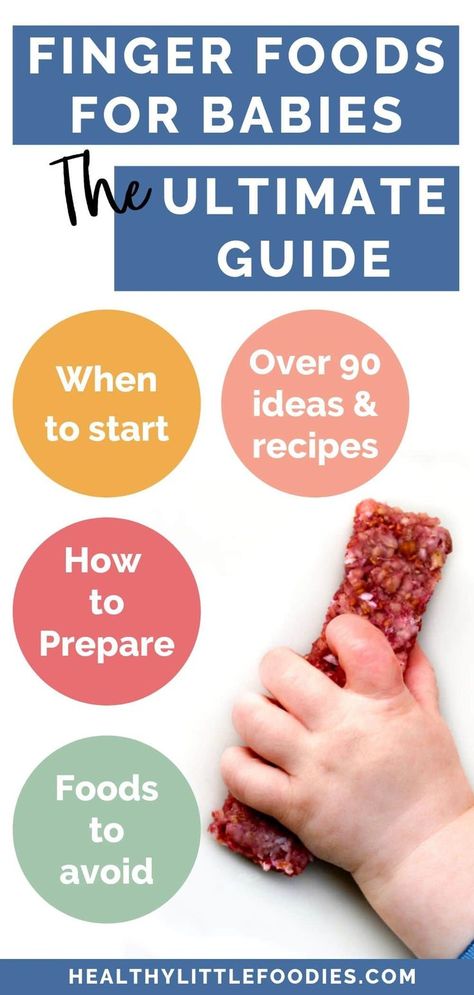
It is good if a grown child eats at a common table. He will be able to watch adults, copy their actions. To do this, the baby will need a special chair that can be attached to a large table (for example, high chairs from IKEA, “growing” Stokke Tripp Trapp, Kotokota, KidFix, etc.)
Buy your baby a soft silicone bib, oilcloth or apron. This will help parents save their nerves and spend less time on laundry and cleaning.
How to teach a baby to eat without the help of adults?
If, during feeding, the baby seeks to take away the mother's spoon and tries to eat by himself, then “the time has come”. Use this moment!
At first, it is difficult for the baby to eat liquid food on his own, such as soup. And he probably wants to take pieces of fruit or pasta with his hands. Therefore, the ideal food for the first workouts is porridge or vegetables, which must first be kneaded with a fork. nine0003
nine0003
The game will be a good help in learning. You can train the skill in the sandbox. Help the baby to scoop up the sand with a spatula, carefully pour it into the mold, make a cake. Buy a set of toy dishes, let the child feed dolls and teddy bears with a small spoon. This improves coordination, develops fine motor skills and will help him handle real cutlery.
At the beginning of training, one spoon should be in the hands of the mother, and the second - in the child. She feeds the baby, and the baby is only trying to collect food himself and send it to her mouth. Thus, the baby will not remain hungry and at the same time will gradually improve his skills. nine0003
Support the child at this stage of growing up, do not scold for mistakes and praise for successes. The main thing is patience and confidence that everything will work out.
